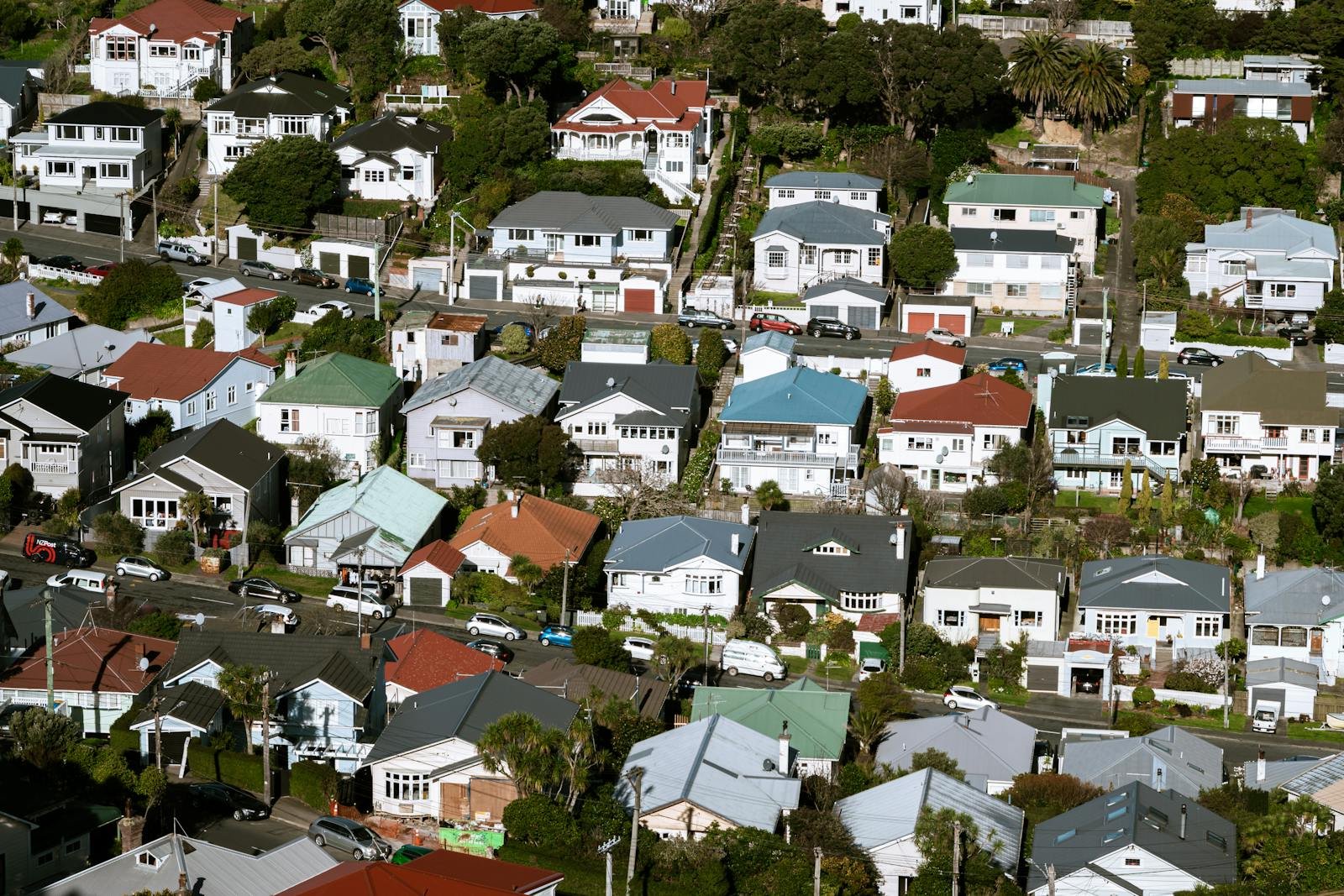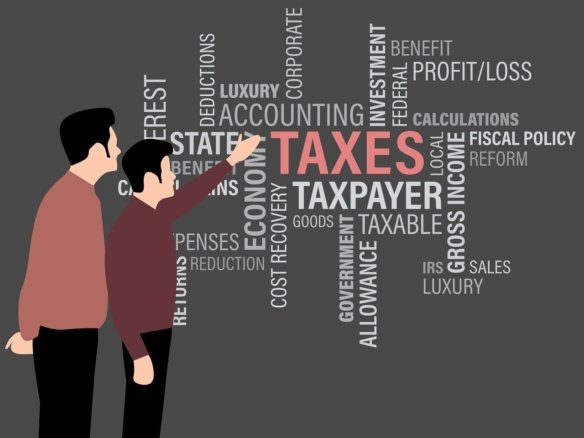Real Estate Market Trends in Mumbai 2025
The Mumbai housing market has always been a subject of national fascination, a barometer of the country’s economic health and urban aspirations. In 2025, this mega-market is more dynamic and transformative than ever before. After a period of policy-driven consolidation, the city’s real estate sector is now in a phase of robust and confident growth. However, this is not a uniform, speculative boom. The Mumbai real estate trends of 2025 are nuanced, shaped by a powerful combination of game-changing infrastructure projects, evolving buyer preferences, and a renewed focus on quality and sustainable development. For anyone considering a property investment Mumbai offers, or for those simply trying to understand the pulse of the market, a deep dive into these trends is essential.
This is not the same market as it was five or ten years ago. The city is being physically and economically reconfigured, and the property market is evolving in lockstep. From the re-emergence of the luxury segment to the infrastructure-led boom in the peripheral areas, the opportunities are diverse and exciting. This article will provide a comprehensive analysis of the key trends that are defining the Mumbai housing market in late 2025 and what they signify for buyers, investors, and developers.
1. The Infrastructure Effect: Connectivity Redrawing the Map
This is, without a doubt, the single most powerful trend shaping the market. Decades of planning are finally culminating in a slew of mega-infrastructure projects that are going operational and fundamentally altering the city’s geography of value.
The MTHL and the Rise of Navi Mumbai: The Mumbai Trans Harbour Sea Link (MTHL) is not just a bridge; it’s a paradigm shift. By cutting the travel time between South Mumbai and Navi Mumbai from over two hours to under 30 minutes, it has unlocked the immense potential of areas like Panvel, Ulwe, and Dronagiri. These regions, particularly those around the upcoming Navi Mumbai International Airport, are no longer distant suburbs but are becoming integrated parts of the core MMR, witnessing unprecedented developer interest and price appreciation.
The Coastal Road and Metro Network: Within the main city, the operational phases of the Coastal Road are drastically easing the north-south commute. Simultaneously, the expanding web of air-conditioned Metro lines is providing a world-class alternative to the crowded local trains. This is boosting the appeal and property values of localities along these corridors, particularly in the Central Suburbs and the Andheri-Dahisar belt.
2. The “Flight to Quality” and the Resurgence of Luxury
Post-pandemic buyer preferences have solidified into a clear “flight to quality.” Buyers, especially in the mid-to-luxury segments, are no longer just looking for an address; they are seeking a better quality of life. This has fueled a strong resurgence in the luxury market.
Demand for Larger Homes and Better Amenities: The demand for larger apartments (3BHKs and above) with dedicated workspaces and private balconies has surged. Buyers are willing to pay a premium for projects from reputable, Grade-A developers who have a proven track record of quality construction and timely delivery.
The Rise of Branded Residences: The ultra-luxury segment is witnessing a strong trend of branded residences, where developers are partnering with international hospitality and luxury brands (like Four Seasons, St. Regis) to offer a level of service, quality, and prestige that commands a significant premium. These are becoming the new trophy assets for the city’s elite, particularly in prime locations like Worli and Prabhadevi.
3. The Redevelopment Wave in the Core City
In the land-scarce island city, the primary source of new housing supply is not vacant land but the redevelopment of old, dilapidated housing societies and cessed buildings. This is a major trend, especially in established residential areas from South Mumbai to the suburbs of Bandra and Andheri.
What it means for buyers: Redevelopment projects offer the unique opportunity to buy a brand-new, modern apartment with contemporary amenities in a prime, well-established neighborhood. For existing residents, it’s a chance to upgrade to a larger home with better facilities. However, these projects can be complex and are sometimes prone to delays, requiring careful due diligence from potential buyers.
4. The Growth of Integrated Townships in the Extended Suburbs
As the core city becomes more congested, a significant portion of the population is choosing to move to the extended suburbs in search of more space and a better living environment. This is fueling the growth of large-scale, integrated townships in areas like Thane, the Kalyan-Dombivli belt, and Panvel.
What they offer: These townships are self-sufficient ecosystems, often spread over hundreds of acres. They include residential towers, schools, hospitals, retail centers, and commercial office spaces, all within a single, well-planned campus. They offer a secure, convenient, and community-focused lifestyle that is particularly attractive to young families. This trend indicates a long-term shift in the Mumbai housing market towards more planned, suburban living.
5. Price and Rental Market Dynamics
The Mumbai real estate trends in 2025 show a market of varied price dynamics.
Capital Values: Prime, established markets in South Mumbai and Bandra are seeing stable, modest appreciation, acting as a store of value. The highest capital appreciation is being witnessed in the infrastructure-led growth corridors, particularly in Navi Mumbai and parts of the Central Suburbs.
Rental Market: The rental market across the city is exceptionally strong, driven by the constant influx of a migrant workforce. The “walk-to-work” concept is keeping rental demand robust in commercial hubs like BKC, Andheri East, and Powai. This makes a property investment Mumbai offers a very attractive proposition for investors seeking regular rental income.
Conclusion: A Market of Strategic Opportunities
The Mumbai real estate market in 2025 is mature, resilient, and brimming with strategic opportunities. While the high property values require a significant investment, the city’s robust economic fundamentals, ongoing infrastructure boom, and the inherent scarcity of land provide a strong foundation for long-term growth. The key for buyers and investors is to look beyond the headline prices and identify the specific micro-markets and project types that are poised to benefit from the powerful trends shaping the city’s future. In this complex and rewarding market, aligning with a professional, verified broker who understands these trends is the first and most important step to a successful investment.



